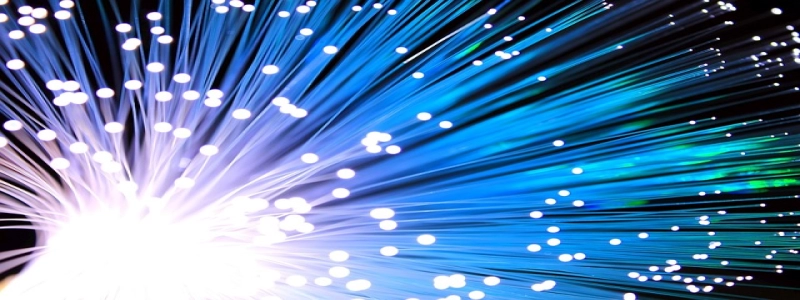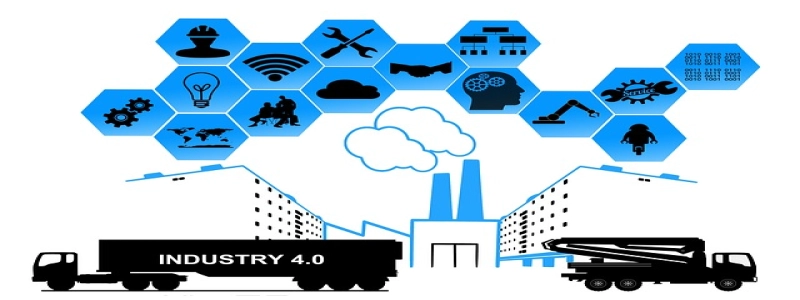Ethernet IP Protocol
Introduction
Ethernet IP Protocol, also known as EtherNet/IP, is an industrial communication protocol widely used in automation systems. This article will provide an in-depth explanation of Ethernet IP Protocol, including its multiple levels and how it enables seamless communication among various devices within an industrial network.
Level 1: Physical Layer
At the lowest level, Ethernet IP Protocol operates on the physical layer of the OSI model. It utilizes standard Ethernet cables and connectors to establish a physical connection between devices. The physical layer ensures that data transmission occurs without errors and provides the necessary signaling for data transfer.
Level 2: Data Link Layer
The data link layer of Ethernet IP Protocol focuses on framing and addressing. It breaks the data into frames, adds header and trailer information, and performs error checking to ensure data integrity. Ethernet switches operate at this layer to facilitate the transmission of data between devices on the network.
Level 3: Network Layer
The network layer of Ethernet IP Protocol is responsible for IP addressing and routing. It uses the Internet Protocol (IP) to assign unique addresses to devices and enables them to communicate with each other. This layer ensures that data packets are routed correctly to their intended destinations within the network.
Level 4: Transport Layer
The transport layer handles end-to-end communication between devices and ensures reliable data delivery. Ethernet IP Protocol predominantly uses the Transmission Control Protocol (TCP) at this layer. TCP establishes a connection-oriented communication, guarantees data delivery, and provides flow control to prevent data loss or congestion.
Level 5: Application Layer
The application layer of Ethernet IP Protocol is where specific industrial communication protocols are implemented. It allows various devices and applications to exchange data using standardized protocols such as Modbus, Profibus, or EtherNet/IP itself. This layer provides the necessary structure and syntax for data exchange, enabling seamless integration of devices from different manufacturers.
Benefits of Ethernet IP Protocol
Ethernet IP Protocol offers several advantages in industrial automation systems. Firstly, it provides high-speed data transfer rates, allowing real-time communication between devices. This is crucial in applications that require precise synchronization or quick response times.
Secondly, Ethernet IP Protocol offers scalability. It can accommodate a large number of devices and allows easy integration of new devices into the network. This flexibility enables system expansion and future-proofing of industrial networks.
Lastly, Ethernet IP Protocol ensures interoperability. With standardized communication protocols at the application layer, devices from different manufacturers can seamlessly communicate with each other. This promotes compatibility and interchangeability of devices, simplifying system design and reducing integration complexities.
Conclusion
Ethernet IP Protocol is a comprehensive communication protocol widely used in industrial automation systems. With its multi-level architecture and support for various standardized protocols, it enables seamless communication among devices within an industrial network. From the physical layer to the application layer, Ethernet IP Protocol provides the necessary infrastructure and functionality for reliable and efficient data exchange.








